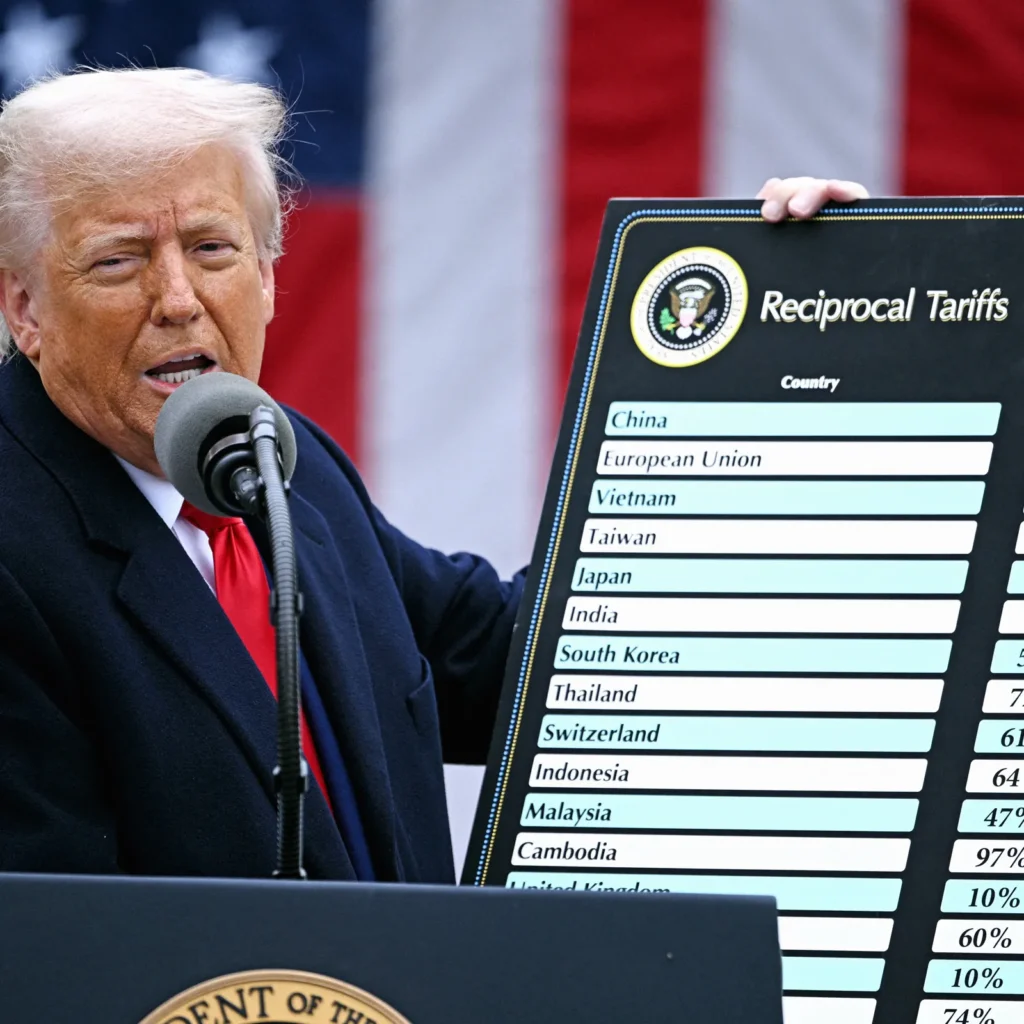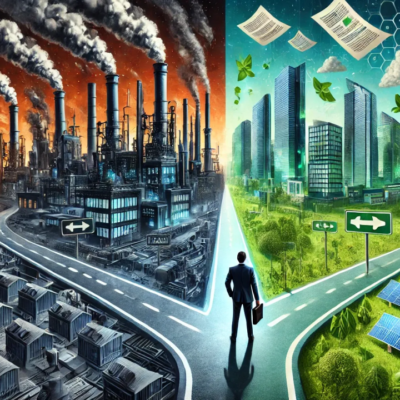The Trump-era tariffs impact on inflation is still being felt across the U.S. economy. Introduced between 2018 and 2020, these trade policies were meant to protect American industries and jobs. But they also brought unintended consequences — including higher costs for businesses and consumers, especially for durable goods like appliances, electronics, and vehicles.
This article explores how the Trump administration’s tariff policies affected inflation, what happened to the prices of durable goods, and whether those impacts are still with us today.
What Were the Trump-Era Tariffs?
Former President Donald Trump implemented a series of tariffs primarily targeting imports from China, the European Union, Mexico, and Canada. The stated goal was to reduce the U.S. trade deficit and revive American manufacturing.
Key highlights of the tariffs included:
- 25% tariff on steel and 10% on aluminum imports (March 2018).
- Tariffs on $370 billion worth of Chinese goods, including electronics, machinery, and consumer goods (mid-2018 to 2020).
- Tariffs on washing machines, solar panels, and other specific products.
These tariffs were part of a broader strategy called “America First” trade policy.
How Tariffs Lead to Price Increases
Tariffs are essentially taxes on imported goods. When businesses pay more to import a product, they usually pass that cost to the consumer. This leads to higher retail prices.
In the case of the Trump-era tariffs:
- U.S. importers had to pay more to bring in goods from affected countries.
- Domestic producers, shielded from foreign competition, also raised their prices.
- The result was a ripple effect across entire supply chains, particularly in industries relying on global parts and materials.
Impact on Durable Goods Prices
Durable goods are products that last a long time — like vehicles, refrigerators, washing machines, and electronics. These are often big-ticket items and rely heavily on imported parts.
Here’s how the Trump-era tariffs impacted durable goods prices:
1. Automobiles and Auto Parts
- The U.S. auto industry relies on global supply chains.
- Tariffs on steel and aluminum increased raw material costs.
- As a result, car prices went up by an estimated $1,000 to $1,500 per vehicle, according to the Center for Automotive Research.
- Auto part prices also climbed, affecting repairs and insurance premiums.
2. Home Appliances
- In 2018, the Trump administration imposed a 20-50% tariff on imported washing machines.
- Within a year, washing machine prices jumped nearly 12%, according to data from the Bureau of Labor Statistics (BLS).
- Dryers, although not subject to tariffs, also saw price increases due to reduced competition and bundled sales.
3. Electronics and Technology
- Tariffs on Chinese electronics raised costs for laptops, smartphones, and other gadgets.
- Manufacturers like Apple and Dell warned of price hikes, and some costs were passed to consumers.
- Many tech companies scrambled to shift supply chains, but prices remained volatile.
4. Construction Equipment and Machinery
- Equipment made with imported steel and aluminum became more expensive.
- This had downstream effects on construction costs, housing, and infrastructure projects.
The Broader Inflationary Effect
The Trump-era tariffs impact on inflation was not limited to just durable goods. The broader economy also experienced price pressure.
Supply Chain Disruptions
- Many businesses rely on predictable, cost-effective global supply chains.
- Tariffs disrupted these systems, leading to bottlenecks and uncertainty.
- Combined with the COVID-19 pandemic, this pushed inflation even higher.
Inflation Pass-Through
- Economists refer to “pass-through effects” when cost increases are passed to end consumers.
- According to the Peterson Institute for International Economics, U.S. consumers bore over 90% of the cost of Trump-era tariffs.
- Inflation rose particularly in sectors directly affected by tariffs.
Empirical Evidence
- A 2019 study by the Federal Reserve Bank of New York estimated that tariffs cost U.S. households an average of $831 annually due to higher prices and reduced consumption choices.
- Durable goods inflation rose faster during this period compared to the decade prior.
Did the Tariffs Help the U.S. Economy?

The benefits of Trump-era tariffs are still debated.
Some positive outcomes claimed:
- Boost to domestic steel and aluminum producers — temporarily.
- Encouragement of U.S.-based manufacturing in some sectors.
- Negotiation leverage with trade partners like China.
However, downsides were significant:
- Limited job creation in protected industries.
- Job losses in sectors that depend on imported materials (like car manufacturing and agriculture).
- Higher consumer prices across the board.
How Biden Handled the Tariffs
President Joe Biden has kept most of the Trump-era tariffs in place but shifted the focus.
- The Biden administration launched a review of the tariffs in 2022 to assess their impact.
- Instead of eliminating all duties, it introduced exemptions for certain products to reduce inflation.
- The administration is also using tariffs strategically to boost clean energy and protect critical supply chains.
This shows a continued belief in selective protectionism — but with inflationary concerns in mind.
Are the Tariff Effects Still Felt in 2025?
Yes. Even though the tariffs were enacted years ago, their impact is still being felt today.
- Durable goods remain more expensive than pre-2018 levels.
- Many U.S. companies built pricing models that include the cost of tariffs.
- Inflation from tariffs became “sticky”, meaning it didn’t fall back quickly even after global supply chains normalized.
The result is a structural change in pricing, especially in industries where competition from imports was reduced.
What the Future Looks Like
As the 2024 elections reignited debates on trade policy, many experts are calling for a full re-evaluation of tariffs.
Potential future directions:
- Gradual removal of broad-based tariffs in favor of targeted economic protection.
- More trade agreements with strategic partners to ease inflation.
- Policy incentives to bring manufacturing back home without excessive consumer cost.
The goal would be to protect American jobs without fueling inflation — a delicate balance.
Conclusion
The Trump-era tariffs impact on inflation was significant and far-reaching. While they aimed to protect American industries, the side effect was a surge in durable goods prices and broader inflationary pressure. Consumers paid more, businesses faced higher costs, and the economy adjusted to a new reality.
Though tariffs have not been fully reversed under President Biden, policymakers now face the challenge of addressing their long-term consequences especially with inflation remaining a top concern for Americans in 2025.
Read Next – Hakeem Jeffries Zohran Mamdani Meeting: NYC Mayoral Race Update






